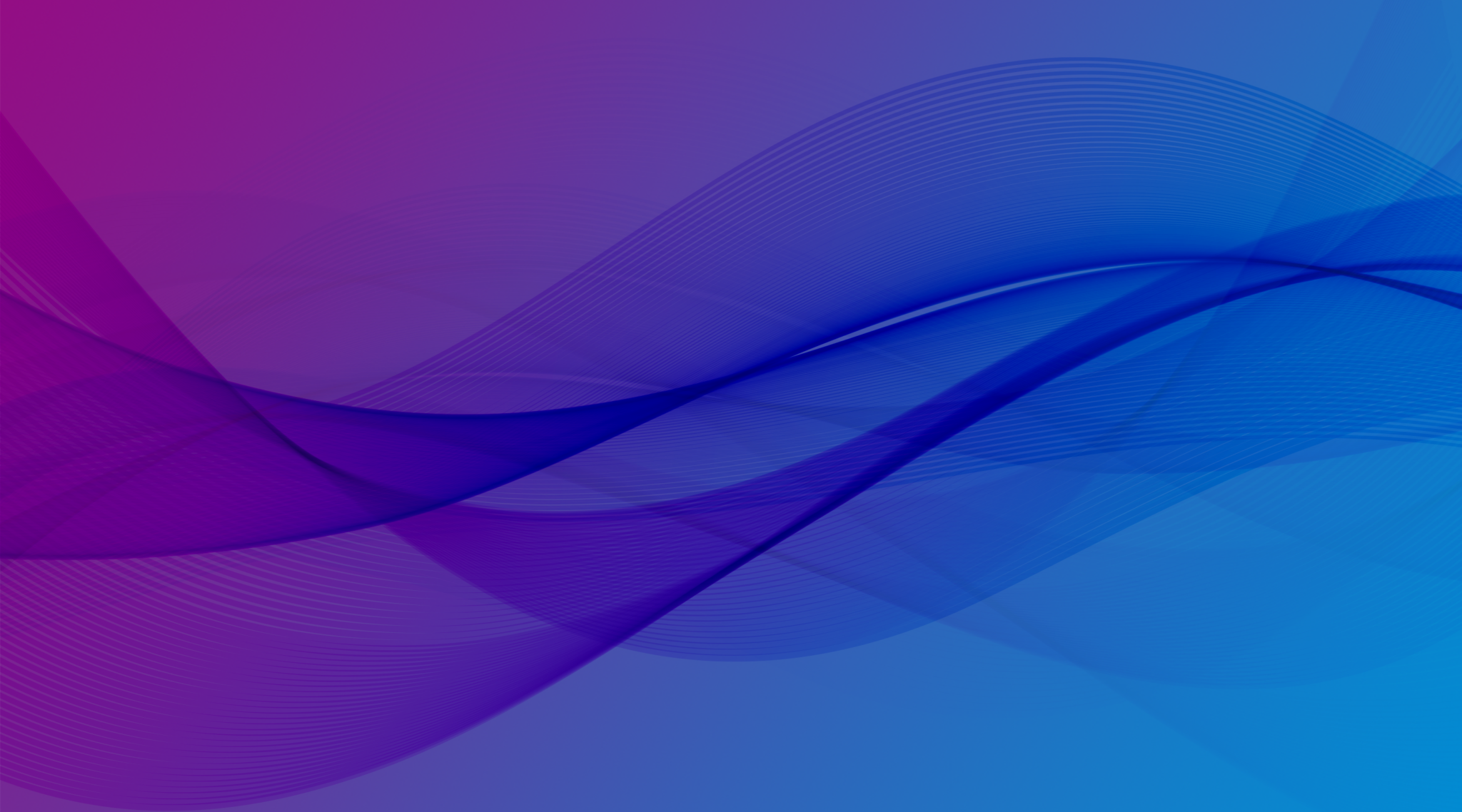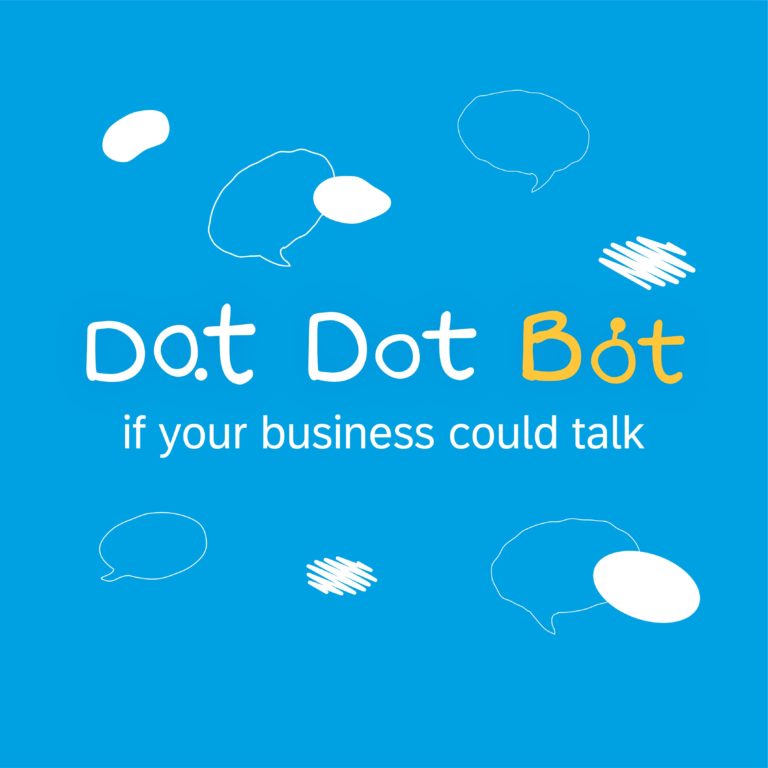
Our Approach
A Combined Methodology to Build Scalable Solutions
SAP’s Human-Centered Approach to Innovation starts with Design Thinking, empathizing with the end user to discover their true needs. As we design and iterate, we combine Design Thinking with Architecture Thinking to create a solution that is experientially desirable, technologically feasible, and financially viable.
Explore innovation opportunities and tie them to strategic business goals.
Discover and gain a deep understanding of the needs and opportunities of customers and their end users.
Design and create a prototype of the solution and define the enterprise architecture components.
Deliver the business and technical solutions for productive use in your enterprise architecture landscape.
Run and scale the solution, and deploy across the company.
The interplay between Design Thinking and Architecture Thinking allows you to hit the sweet spot between great user experience and business value. Furthermore, such interplay prioritizes scalability to future-proof current technologies.
One Team, Two Mindsets
The power of the combined methodology comes from connecting the user journeys defined from Design Thinking to backend systems, supporting processes and data to deliver the desired experience.
To understand how the combined methodology can be applied in a real project, let’s look at an example scenario.

Margo, a business executive at a manufacturing company and her team follow a Human-Centered Approach to Innovation. Part of their company’s strategy is to quickly deploy capital for business initiatives and projects. Margo’s team is composed of Susan, a UX designer, Theo, a Design Thinking expert, and Jenny, an enterprise architect. Together, they integrate Design Thinking with Architecture Thinking to make fast and effective capital deployment capabilities a reality.
Design Thinking
Design Thinking uses insights from user research to find the right problems to solve and deliver real business value.
Architecture Thinking
Architecture Thinking uses the data, processes and system components to assess how the solution will be scaled from both technology and business perspectives.
Explore
Exploring Innovation Opportunities
Theo, the Design Thinking expert, conducts a collaborative session with stakeholders to discover the main business challenges and opportunities around capital deployment. The team defines budget requests and approval processes as a bottleneck for executing on their growth strategy.
See method Use Case Exploration Workshop
Understanding the Strategic Drivers
Jenny, the enterprise architect, outlines the business impact of an improved budget request and approval process. She defines an engagement model with the stakeholders and outlines the scope as well as roles and responsibilities.
See method Align with Corporate Strategy
Discover
Gaining Insights From Research
Susan, the UX designer, conducts user interviews and discovers that decision makers who approve budget requests lack the necessary overview and information to react on time. This results in delays to evaluate, approve, and release money to business development projects.
Download the Field Research Guide and Template
Understanding the As-Is Architecture
Jenny identifies the architecture’s existing applications and IT components. She then creates a Baseline Solution Architecture Diagram, outlining the elements relevant to the budget request and approval application.
See method Describe the Baseline Solution Architecture
Design
Designing a Prototype of the Future Solution
The team defines the future user journey and designs a solution that addresses the discovered challenges. They leverage brainstorming and prototyping methods to create something tangible to validate.
Download the User Experience Journey Map Guide and Template and the Prototyping Guide
Define the To-Be Architecture
Jenny creates a solution context, summarizing the business capabilities required by the future solution and the organizational units, roles, and business functions that interact with the solution architecture.
Download the Solution Context Diagram Guide and Template
The team maps the user actions described in the future user journey to technical aspects such as the data and applications that are required by user actions.
See method Create a Use Case Blueprint Diagram
The team validates the designs with target users. Based on the insights gathered during the validation, they iterate the designs to reach the desired outcome.
Jenny creates a series of architecture artifacts and defines a target architecture.
Download the Solution Realization Diagram Guide and Template
Deliver
Deliver the Final Product and Future Direction
Margo’s team works together with development teams to implement the solution. They start with a user story mapping session to define the minimum viable product and the features that should be added to the backlog.
Create a Roadmap and Assess Risk
Jenny creates an architecture roadmap that lists individual actions to realize the target architecture. She assembles these into a timeline to indicate the progression from the baseline architecture to the target architecture.
Download the Architecture Roadmap Guide and Template
Run and Scale
Get Feedback and Optimize
Margo’s team receives feedback from the business and works together with the development team to improve the solution.



